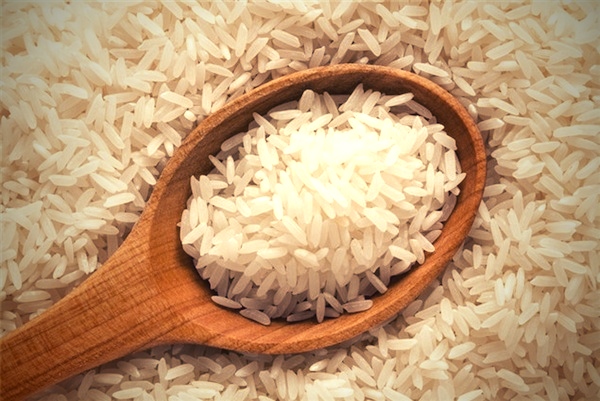Photo courtesy Arsenic and toxins found in baby rice food – what you need to know
Suddenly, scores of packets of white powder began appearing in the homes of many farmers we were working with. They were organic farmers, who respected their field and soil. They would never poison their farm knowingly. When questioned, they made a wry face and declared that ‘the stuff was forced upon them’ as a part of some government program. Some resorted to putting it onto their home gardens to get rid of it. This means that, the poisoning of our soils is extending from the agricultural field to the very home garden and the farmer’s enslavement to the chemical salesmen becomes further confirmed.
Addiction is an easy ploy for enslavement. In a port city in France, goes a story; there used to live some of the most unscrupulous criminals. They were the drug traffickers who deal in the cruel drug heroin. Heroin is addictive, it creates a sense of well being; but one requires increasingly large doses to maintain this sense of well being. The victim who begins to take it becomes even more dependent on the drug and freedom from it becomes increasingly difficult. The traffickers it is alleged, give free doses to children in the 12, 13 age group, in packets of white powder, knowing well that the gullible, naïve, children will soon become addicted. When they become addicted they have to pay and the price they will have to pay increases with the addiction. They are trapped in a vicious dependency cycle and there is no way out. They end up being the chattel of the criminals.
To understand the game being played before us, it is important to understand soil. To many of us soil is the stuff that holds trees up. We see it as a solid surface for us to walk, ride or construct upon. Its usefulness in our daily lives does not exceed much beyond providing a substrate and nutrient for our crops. On closer examination this ‘solid mass’ is home to thousands of species, it acts a sea to thousands of species that travel through it. It is also the biological filter that detoxifies a large proportion of the poisons that we apply to the environment we live in. It is a world as complex as, and most certainly older than, the world that lives on its surface. It lies continuous over most of the land surface of the planet it is in a very real sense the ‘living skin’ of our planet.
The world of soil is bizarre to us who live on the surface. It is opaque to light and mostly solid. Communication is by chemicals, such as pheromones, or physical, such as vibrations. Movement is slow; the faster organisms like the worms are the giants of this world, tunneling through at a fairly rapid rate measured in centimeters per minute. More common are the fungi that move by growing through the soil at rates measured in centimeters per month, or the bacteria, which have rates, measured in centimeters per year.
It is a busy world, one gram of ordinary farmyard soil can contain over 1 billion individual bacteria, over 100 million individual actinomyctes and over 1 kilometer of fungal hyphpae, notwithstanding plants like algae and animals like collembolids, nematodes or worms. But most importantly it provides the energy for the plants that grow on it. It is estimated that a hectare of good farm or forest soil provides over 10 Horsepower in energy to the system daily. When chemical fertilizers are added to such soils, the ecosystem is destroyed, biomass is lost and the productive capacity goes down dramatically often to less than 1 horsepower. To maintain productivity in these soils will now require the balance to be provided from outside in the form of chemical fertilizer. Once destroyed the soil ecosystem is slow to recover. Thus the farmer is trapped! As the nation needs to produce its food the government is trapped! It has to provide the drug (fertilizer) to the farmer at a subsidized price. Currently over 50 billion rupees and we are increasing the land area addicted by distributing free packets of white powder ? Where is the gain? To answer that question one has to ‘follow the money’, one has to answer the question as to ‘where does that 50 billion rupees go?’ After all, someone must benefit from it.
But one thing is clear it is certainly not the farmer or the nation.
